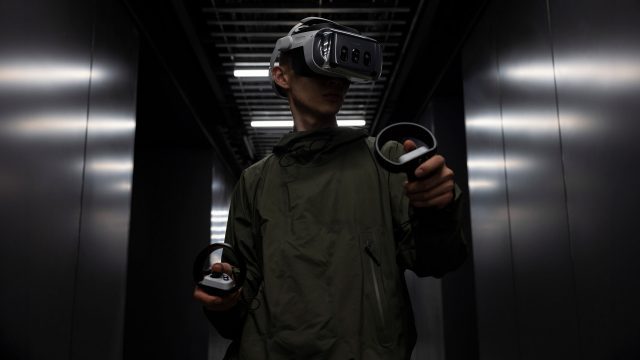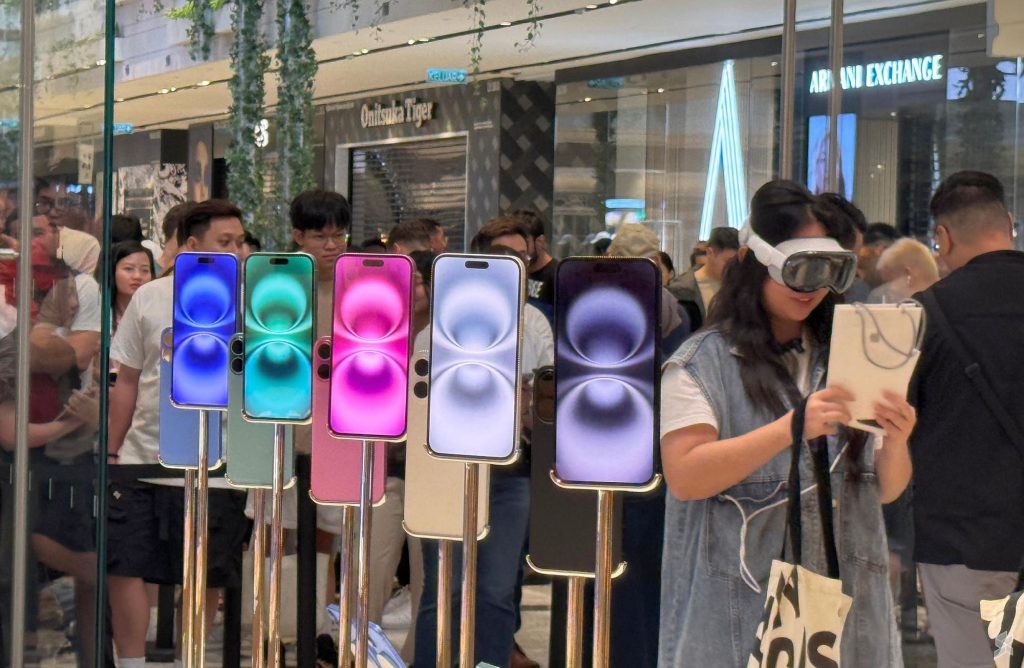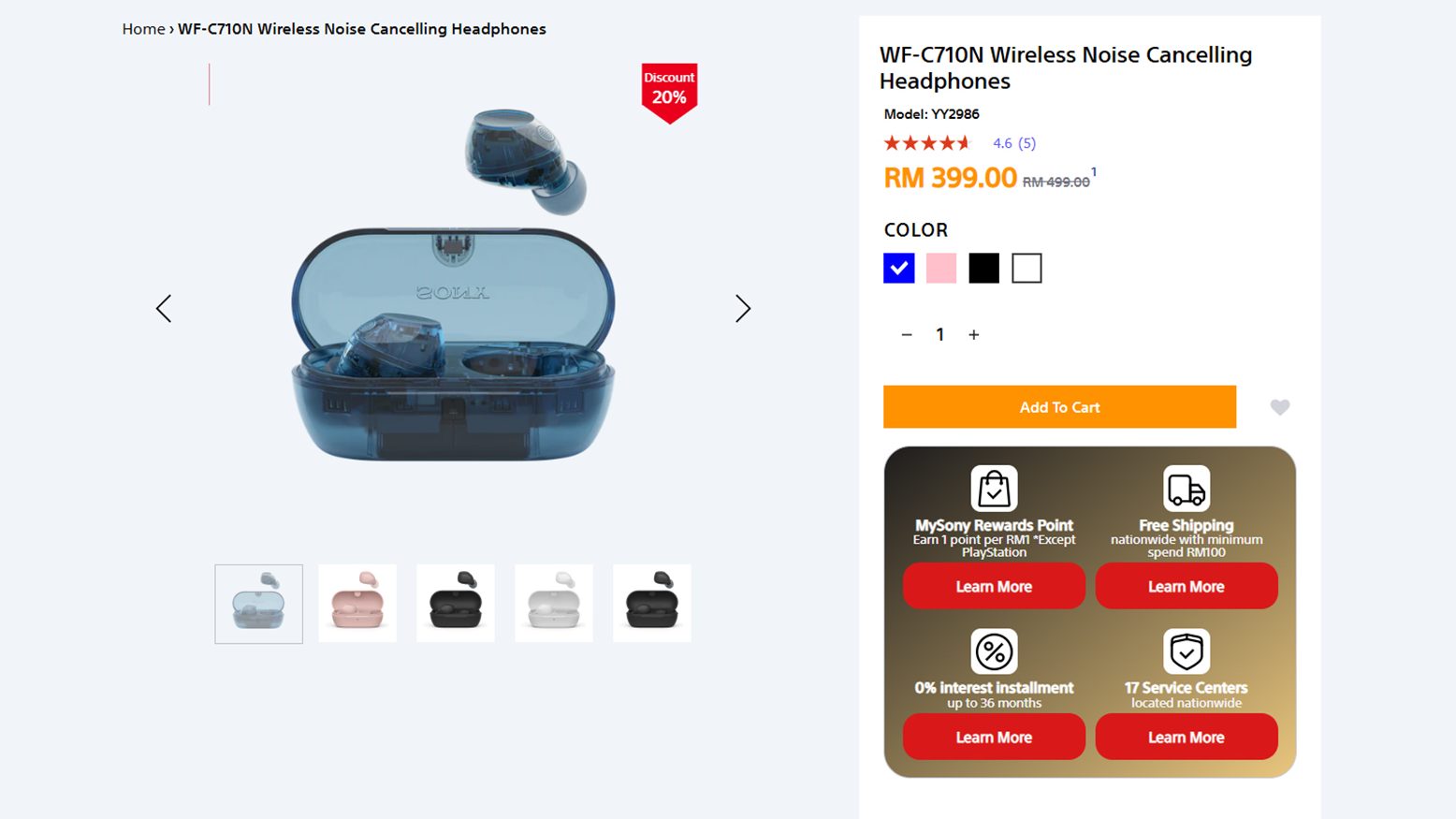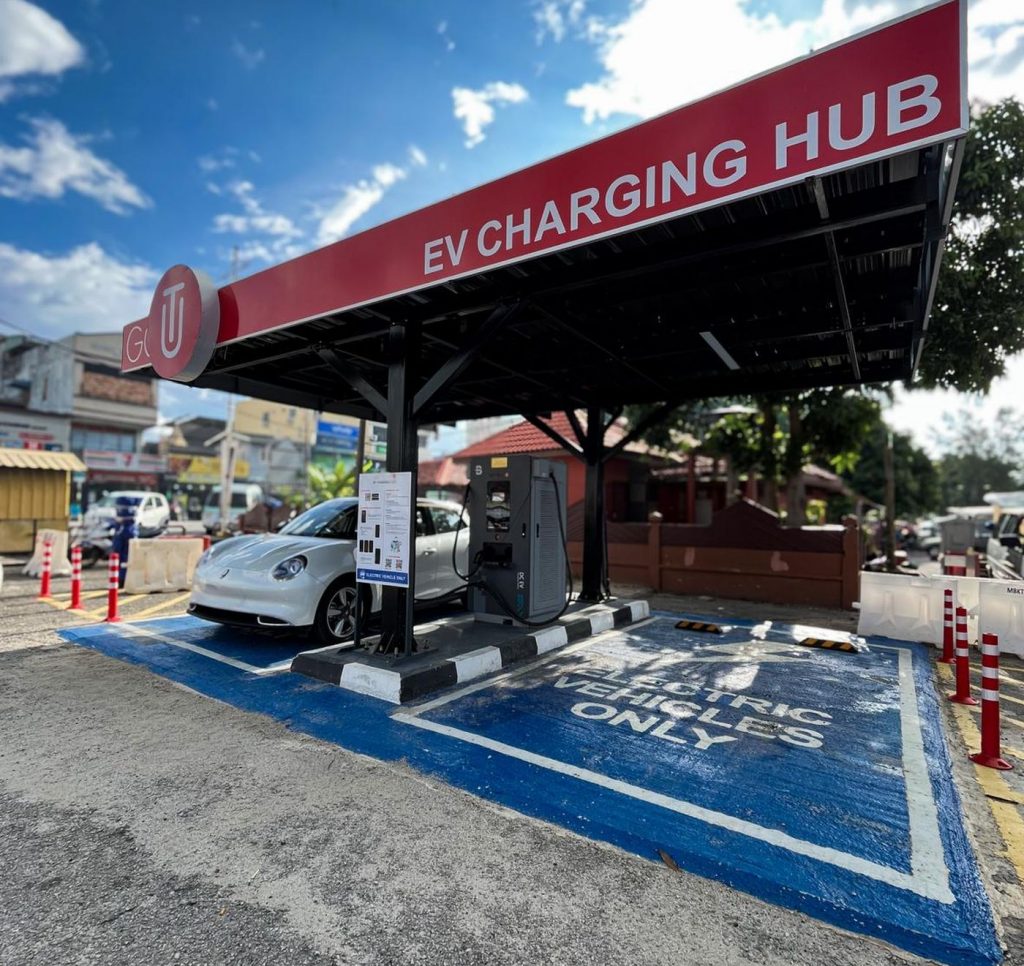Varjo, creator of high-end enterprise MR headsets, dipped its toes into the consumer VR market with the release of the Aero headset back in 2021. But now the company says its focus is narrowing on training sims and deeper integrations focused on enterprise customer needs, making a followup to the Aero headset is unlikely.
In an interview with Road to VR, Varjo chief product officer Patrick Wyatt talked about the company’s latest focus on deeper integrations of its headsets for specific use-cases.
Training sims, especially in military and aeronautics, have become an area of growth for Varjo, Wyatt says. The company is leaning into these use cases to focus on solutions and outcomes rather than just selling headsets and leaving the buyer to figure out how to best make use of them.
That’s meant working closely with companies like Leonardo—a major helicopter manufacturer—to build the Virtual Extended Reality (VxR) helicopter pilot training system in which Varjo headsets are a core part of the system. Thanks in part to the high visual fidelity of Varjo’s headsets, the system has achieved FAA FTD Level 7 Certification, putting the system in the highest category of flight simulators. Varjo claims this is the “first-ever VR-based training system to reach this certification level.”
As Varjo goes beyond just selling its headset off-the-shelf, the company says it’s growing its “solutions engineering” capability, which means working directly with customers to conceptualize and implement solutions that leverage Varjo headsets to address existing challenges.
To build confidence in its commitment to this business model, in recent years the company has built versions of its headsets to specifically address common needs. That includes a ‘Focal Edition’ of the XR-4 which adds auto-focus for the headset’s passthrough cameras. Compared to a fixed focal length, this makes the headset more appealing for use with up-close objects, like flight controls and readouts. There’s also the ‘Secure Edition’ of the XR-4 which the company says is for “classified environments.”
Compared to the $6,000 base price of the XR-4, these specialized versions command a hefty premium: the XR-4 Focal Edition is priced at $10,000, and the Secure Edition can cost $14,000, if not more.
And now, according to Wyatt, Varjo is committing to supporting its XR-4 headset series through 2030, giving companies a long-term guarantee that its headsets will continue to do their job.

With the shift toward long term headset support and helping companies build bespoke solutions, the company is clearly turning away from high-end consumer headsets.
Varjo Aero, released in 2021, was the company’s first, and possibly last, test in the consumer waters. The company had once expected Aero to become an ongoing series of headsets aimed at VR enthusiasts. But when asked about a follow-up to Aero, Wyatt tells Road to VR, “No one is gonna say ‘never’ but we’re going more and more in the other direction.”
While unfortunate for VR enthusiasts, it’s likely the right call for the company. While Varjo headsets have excelled in visual clarity, size has never been their strong suit. Enthusiast VR headsets in recent years have increasingly been focused on reducing size and weight. Recent headsets like Bigscreen Beyond and the MeganeX Superlight are tiny compared to any headset Varjo has built. Chasing that trend to meet demand in the enthusiast market would mean fundamentally rethinking the optics and capabilities of Varjo’s headsets.
Varjo says its seeing growing demand for its headsets and solutions beyond the consumer space, telling Road to VR that its business volume from military applications has doubled since the launch of XR-4 at the start of 2024.
The company also says it employs more than 200 people and claims its technology is used in 19 of the 20 largest global defense and aerospace organizations, and 25% of Fortune 100 companies.






